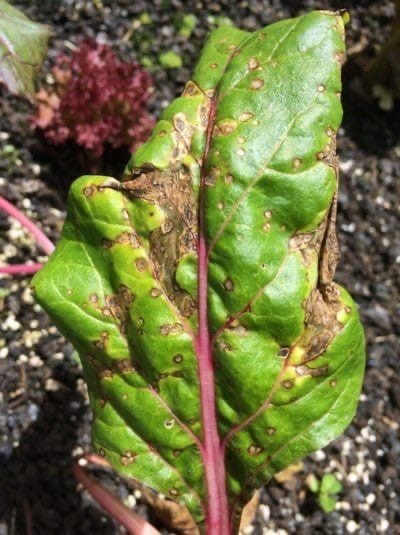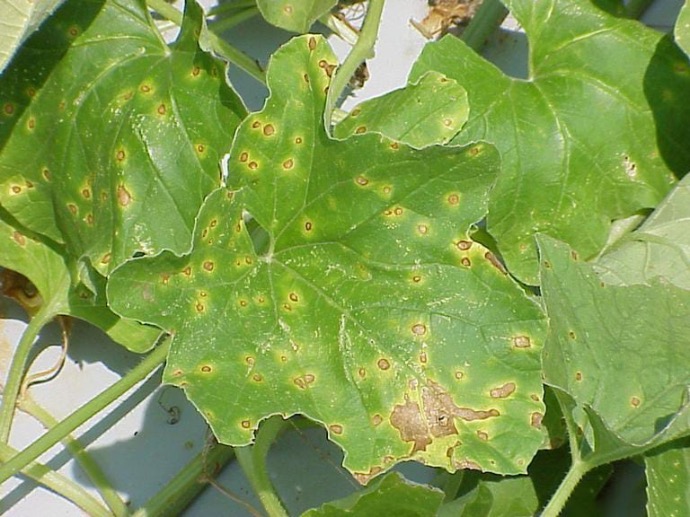Swiss Chard Plant
Swiss chard is a biennial, 12-24 inches tall, and frost-tolerant. It prefers well-drained, fertile soil in full sun to partial shade. Keep the soil moist. Swiss chard is both edible and has medicinal properties.
Habit
Biennial
Height
0.5-1 m
Growth
Fast
Soil
Well Drained, Fertile
Shade
Full Sun to partial shade
Moisture
Moist
Edible
Yes
Medicinal
Yes
Origin
Mediterranean
Climatic Condition
Temperate, Subtropical
Temperature (°)
15-24°C
Humidity (%)
60-75%
Potting media
Loamy, peat
Fertilizers
Balanced NPK (10-10-10)
Watering
Regular, deep watering
Plant Weight
200-500 g
Flowering Time
Spring, Summer
Soil Ph level
6.0 - 7.0
Water Ph level
6.0 - 7.0
Soil EC
1-2 dS/m
Yield Per Plant
Leafy greens
NPK ratio
05:10:10
life Span
Annual
Health Benefits
High in vitamins and minerals
Suggested Grow Media or Potting Mix ?
40% compost, 30% peat moss, 30% perlite
Suggested Fertigation/Fertilizers
Fertilize every 2 weeks with a balanced, water-soluble fertilizer.
Common Diseases and Remedies
Bacterial leaf spot , cercospora leaf spot
water soaked lesions , distorted leaves
Remove infected leaves , avoid water splash
HEALTH BENEFITS
· Rich in vitamins A, C, and K for overall health
· Supports heart health and regulates blood pressure
· Helps improve bone health due to its calcium content
What Is The Swiss Chard?
Chard (Beta vulgaris subsp. cicla) is a green leafy vegetable known for its large, dark green leaves and colorful stems. Closely related to beets and spinach, it is popular for its mild, slightly earthy flavor.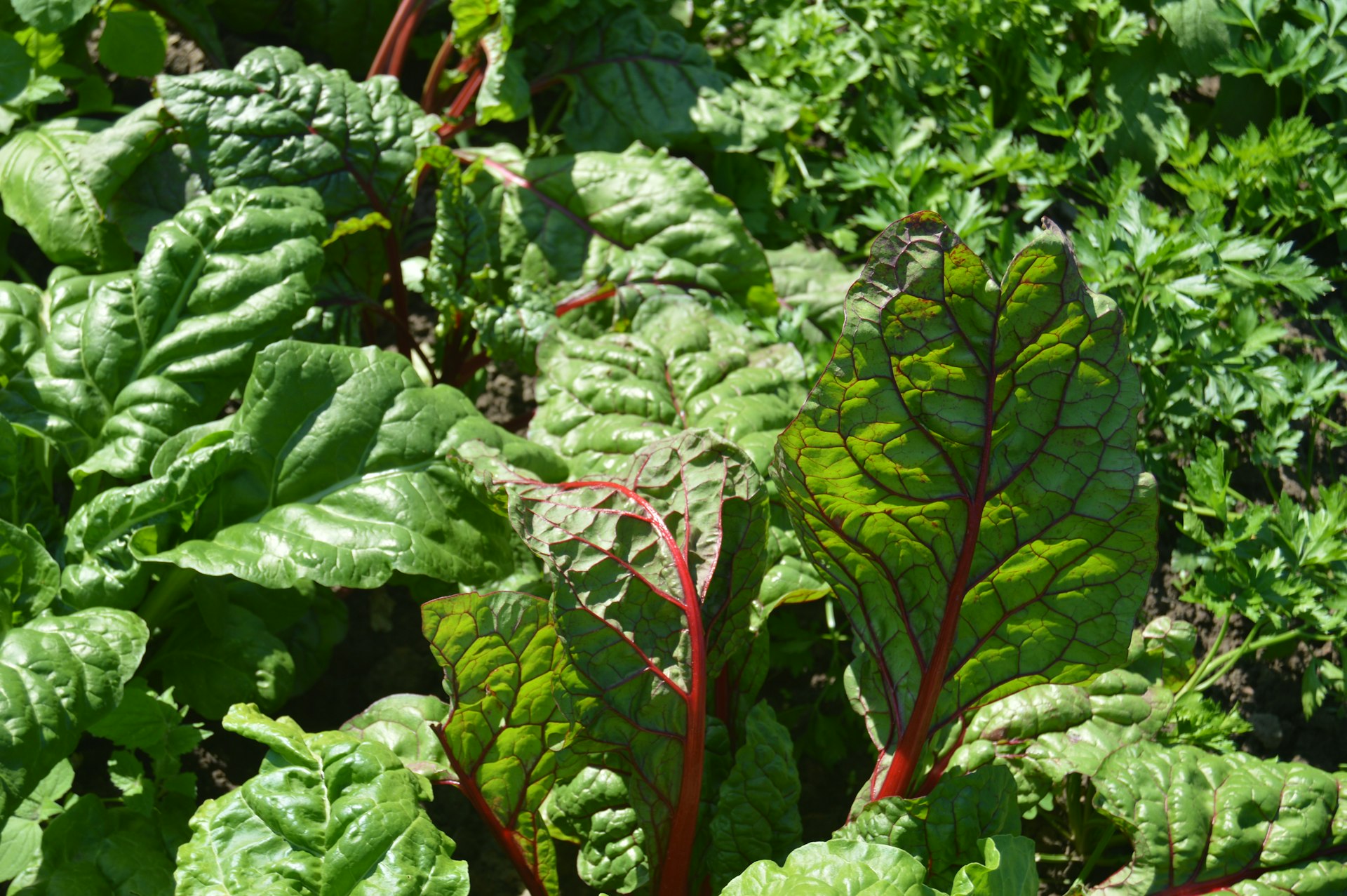
What Are The Different Types Of Chard?
Ruby Chard:
Features deep red stems and veins with dark green leaves.
Rainbow Chard:
Stems and leaves in a variety of bright colors, including red, orange, yellow, and pink, and dark green leaves.
Fordhook Giant Chard:
Features wide, smooth leaves and white stems.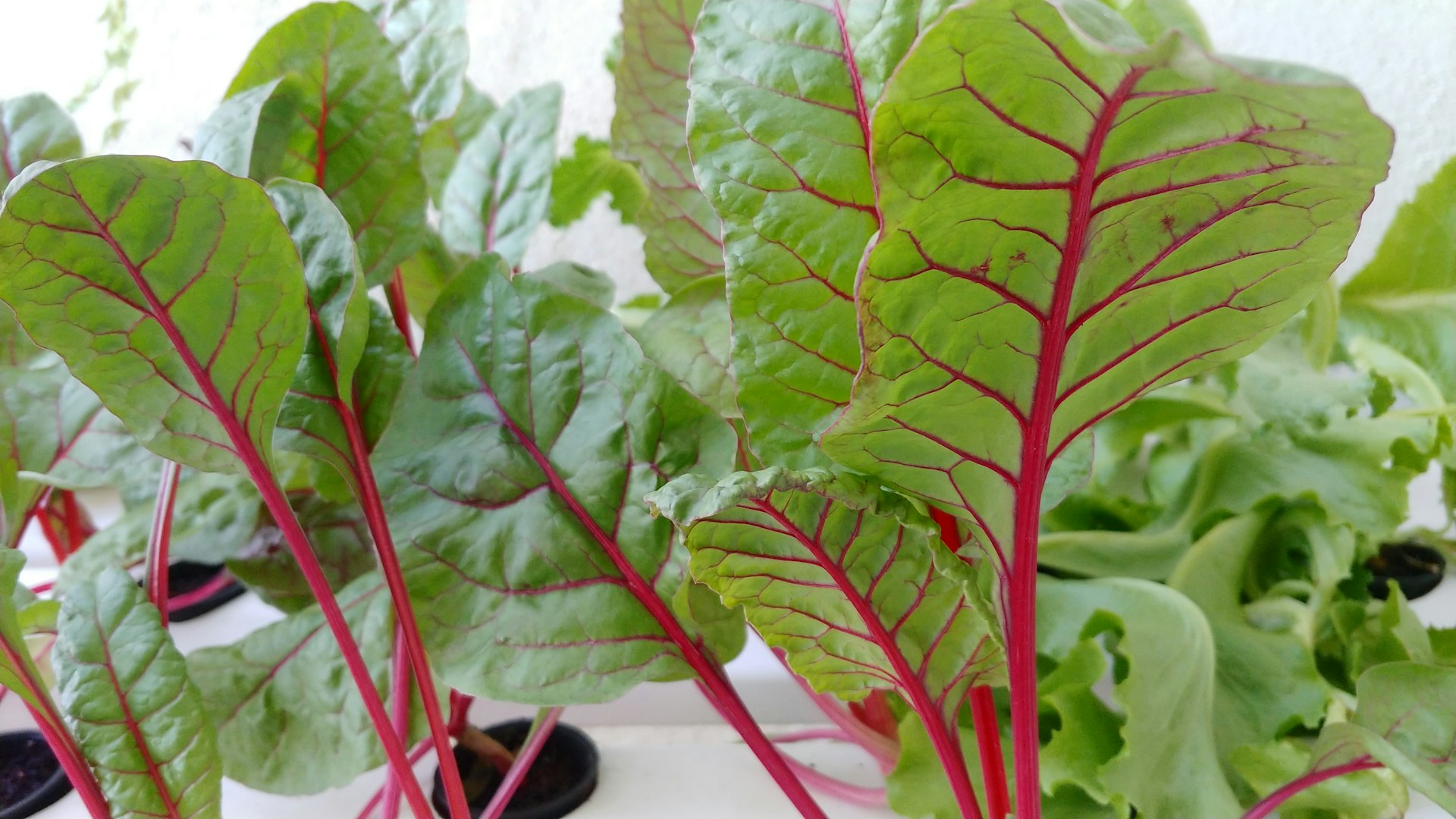
How do you care for chard?
Location
Choose a sunny location with well-drained soil.
Sunlight
For optimal growth, provide at least 6 to 8 hours of sunlight each day.
Soil
Plant in well-drained, fertile soil with a pH of 6.0 to 7.0.
Hydration
Keep the soil evenly moist but not waterlogged, watering liberally when the top inch of soil feels dry.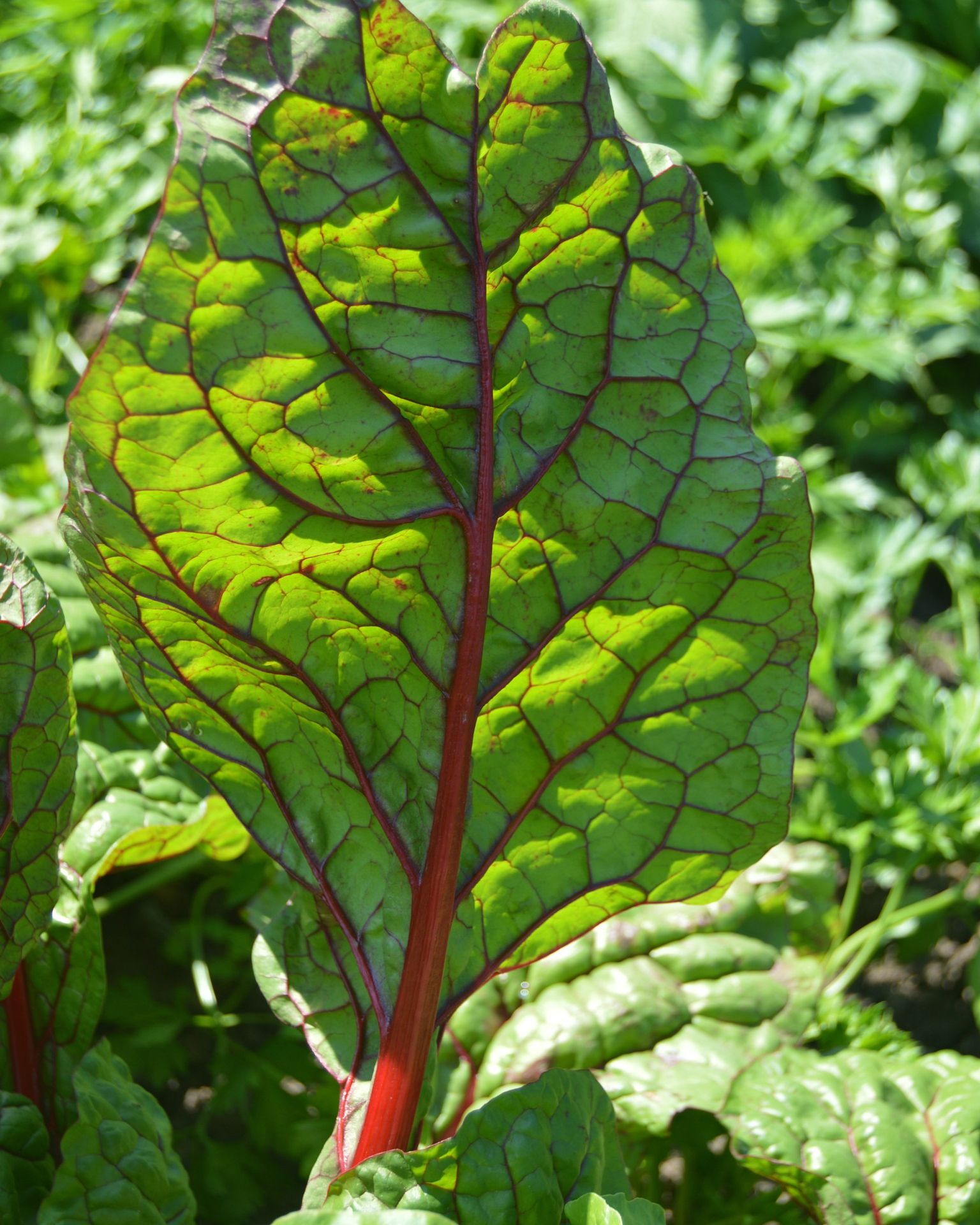
Nourishment
Fertilize every 4 to 6 weeks with a balanced fertilizer to promote healthy growth.
Issues
Be careful of pests such as aphids and leafminer flies, and diseases such as spot and downy mildew. Use biological pest control methods when necessary.
What Are The Benefits Of The Chard?
Rich in vitamins and minerals: Chard is rich in vitamins A, C, and K, as well as minerals such as magnesium, potassium, and iron.
Antioxidant properties: High antioxidant content protects cells from free radical damage.
Rich in Fiber: Chard contains fiber, which supports digestion and promotes gut health.
Regulating Blood Sugar Levels: Some studies suggest that compounds in chard may help regulate blood sugar levels, which may have a positive effect on people with diabetes or insulin resistance.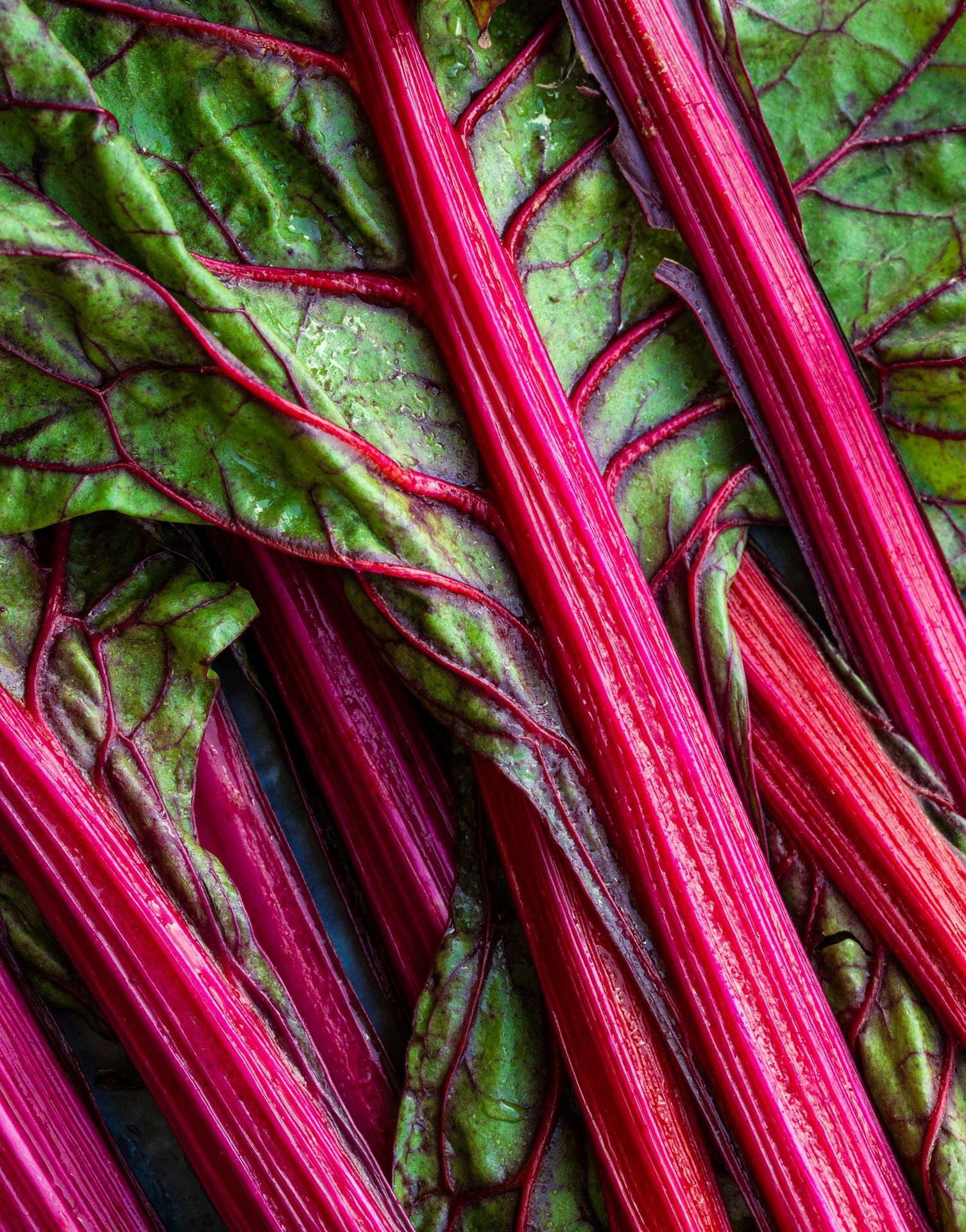
FAQs About Growing Swiss Chard
When is the best time to plant chard?
Chard is best planted in early spring or late summer for a fall harvest.
How far apart should I plant chard plants?
Place plants 6 to 12 inches apart in rows 18 to 24 inches apart.
How often should I water my chard?
Water your chard regularly to keep the soil evenly moist but not soggy. Water generously when the soil surface feels dry.
How do I harvest chard leaves without damaging the plant?
To harvest chard, cut off the outer leaves at the base of the stem and continue to grow the inner leaves.
